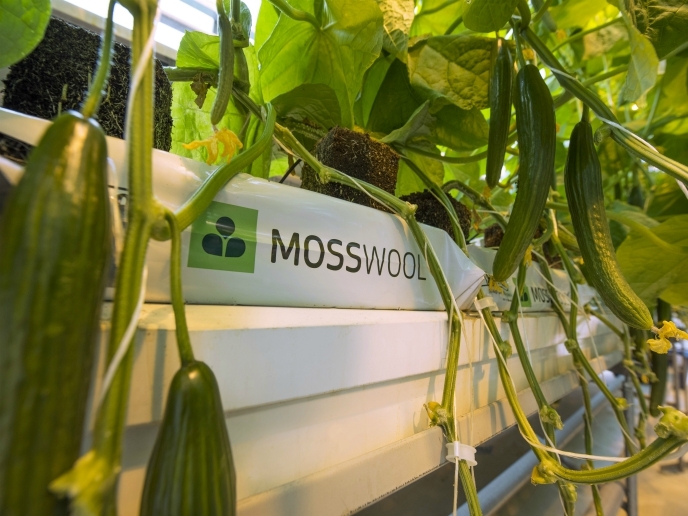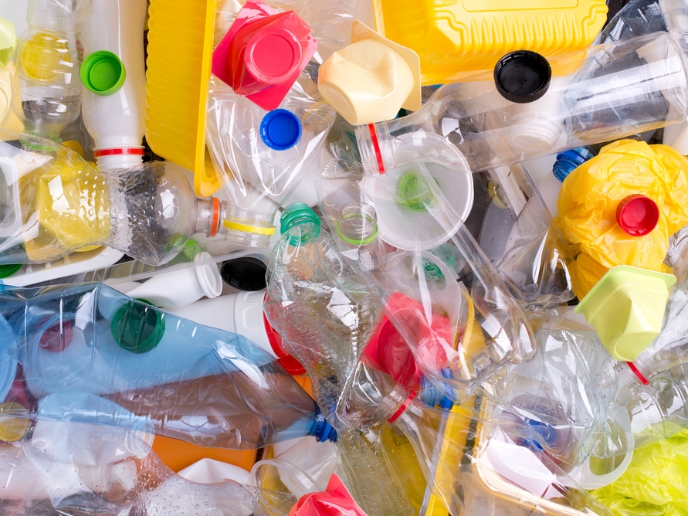Design for a lab which evaluates heat pump performance
Heat pumps transfer heat from low temperatures to high temperatures. In winter they can add energy, usually electricity, to convert cold outdoor air into indoor heating. In summer, they capture indoor heat, releasing it outdoors. Heat pumps are efficient: one unit of energy drives roughly four units of heating or cooling – the other units come from ambient sources, such as the ground. This driving energy can come from renewable sources – such as photovoltaics, reducing CO2 emissions. Furthermore, heat pumps can be integrated into electrical grids; storing energy, they can provide flexibility to the grid. “Yet, consumers still have to be further persuaded of their value,” says researcher Mustafa Araz from the LAB2SHAPE project. There is a misconception that they can’t work in cold climates, despite being most prevalent in Scandinavia. They are considered expensive by many, despite subsidies in many European countries. Perhaps most significantly, there is a dearth of proficient installers. “It’s inevitable that heat pumps will replace all gas boilers in a few decades. But to boost demand, their performance needs to be quantified and explained more effectively,” remarks Araz. Hosted by Peutz Netherlands(opens in new window), the LAB2SHAPE project has developed a design for a laboratory to evaluate performance, providing clients with third-party testing, certification and advice.
The lab design
A computer model for lab testing was developed based on publicly available heat pump data sets and applicable to different heat pump types, capacities, efficiencies and defrost modes. The lab was limited to electrically driven residential heat pumps with a maximum thermal heating/cooling capacity of 20 kW. Currently, annual performance is determined through tests in accordance with EU regulations, Ecodesign and Energy Labelling(opens in new window) and European norms (EN 14511, EN 14825 and EN 16147), and calculated by combining the results of four to six test points, in three climatic conditions. “Capacity is also set to a fixed point by the manufacturer, so when tested it is not operating based on a thermostat, as in real life,” adds Araz. “This leaves questions about actual efficiencies.” The project’s laboratory design was developed to test the performance of air to air heat pumps and air conditioners; air to water heat pumps; water (brine) to water (brine) heat pumps; water (brine) to air heat pumps; and domestic hot water heat pumps. Aligning with EU standards, testing also included quality assurance labels such as the EHPA(opens in new window) and KEYMARK(opens in new window). “To our knowledge, there are no Netherlands test centres and very few in Europe for air to air heat pump and air conditioner tests, few offer commercial testing at all. Considering growth in the market, demand is likely to spike,” explains Araz.
Helping to set standards
In the EU, buildings are responsible for approximately 40 % of energy consumption and 36 % of CO2 emissions(opens in new window), with current residential heating systems primarily running on fossil fuels. However, with EU initiatives such as the Energy Performance of Buildings Directive (EPBD), Energy Efficiency Directive and Green Deal, heat pumps are central to a green transition. More recently, the European Commission has stated its aim to pivot towards energy independence, including doubling heat pump installations in the next 5 years(opens in new window). The project team are currently exploring potential partnerships to get their evaluation and certification laboratory commissioned. “Our lab could also combine performance data with dynamic simulations to assess specific heat pumps for a range of buildings, climates and even other energy systems, such as photovoltaics,” concludes Araz.





